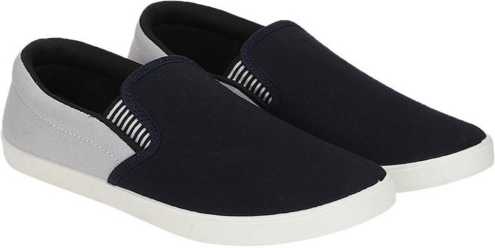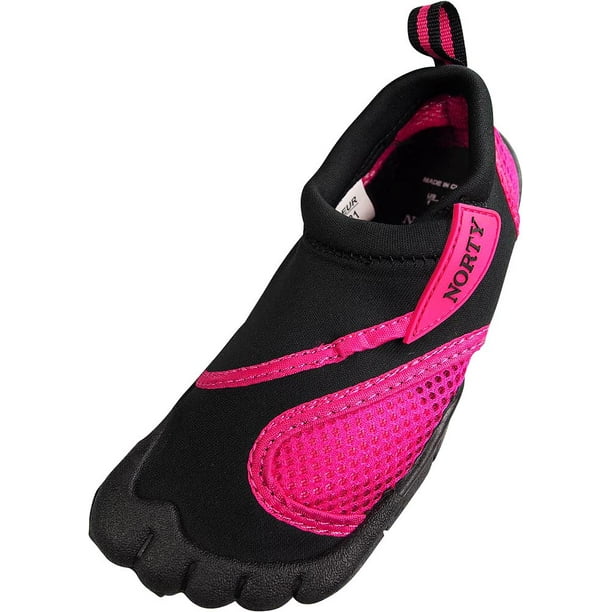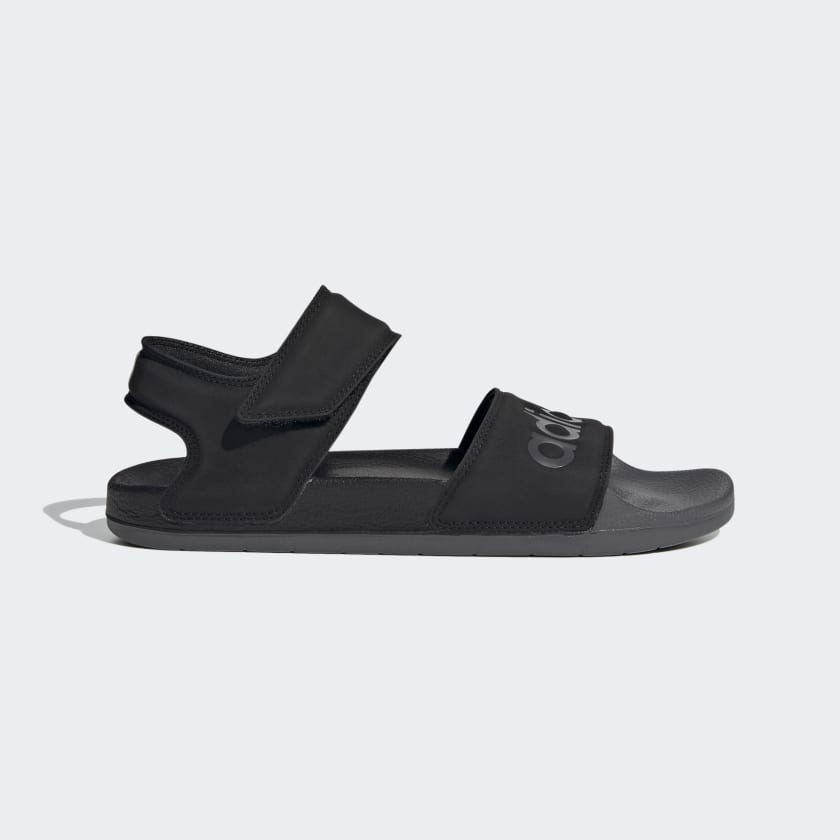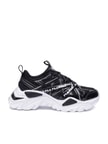how shoe size is measured
The first to measure foot size was the ancient Egyptians who used "royal cubits" to be able to compare the length of their feet and rods. This system is still used in Egypt today.
Image source: https://www.flipkart.com/
The Egyptian royal cubit, however, is considerably longer than a modern one because it is based on average male proportions. In 1509, Leonardo da Vinci came up with a way of measuring shoe size that has been in use ever since: he simply measured the length of his own foot from toe-tip to heel-tip for his shoes.
Image source: https://www.adidas.com/
When shoemakers began designing shoes with widths instead of lengths, they needed a way of measuring shoe sizes that would match this new design development.
Image source: https://www.amazon.in/
That's where the Brannock device came in, invented by the American physician William H. Brannock in 1927. This system, which is used today by most shoemakers and retailers, is based on measuring both feet and assigning a standard length for each foot length.
Image source: https://www.nike.com/
The shoe sizes are numbered from 1 to 15 and show length in inches as well as width in sizes (e.g., 8½D or 5E). The D indicates the width of the shoe, E indicates the width being even, B indicates a broad width shoe, and AA is an extra-wide size. There are also 1/2 sizes (e.g. D4) and 5/4 size (e.g. D7) which are in between the standard sizes and are used for kids' shoes.
Image source: https://www.flipkart.com/
The Brannock scale starts from the foot as it would be measured by a medical doctor or podiatrist. The feet are marked with an "A" at the end of all fingers except the thumb, which has its own A-length mark to show that it is an extra-long digit in comparison to the other fingers.
Image source: https://pixabay.com/
The finger lengths on the scale with one short inch of length represent one full size on the shoe measurement system; they become smaller as they go down toward ½ size, then ¼ size, etc. The Brannock device measures only in whole sizes and these smaller fractions of length are added where required.
Image source: https://www.amazon.in/
All Brannock devices are the same size and may be used by either foot.
Image source: https://pinterest.com/
foot size chart, shoe size chart, how to measure shoe size, how to measure foot, shoe chart
Image source: https://www.walmart.com/
Article background information [to use as knowledge, not to be copied verbatim]:how shoe size is measured
Image source: https://www.walmart.com/
in shoes, the most common unit for describing a person's foot size is the width (also called "EUR" or "E") followed by length (or "D").
Image source: https://www.adidas.com/
width: a measurement of how wide the upper is, always measured in full sizes.
Image source: https://www.amazon.in/
length: a measurement of how long the foot is, in half sizes or ¼ sizes (D)
Image source: https://www.tatacliq.com/
sizes: designations that indicate the length and width of feet. Each size is listed as e.g.: 5½E, 10½D and 12E. For example -
a person with an 8½ EF foot would be one that has a foot width of approximately 8½ inches and length of approximately 11 inches from heel to toe. A person with an 11 D shoe would have a foot length of approximately 11 inches from heel to toe for their shoes.
Image source: https://pinterest.com/







![꒰ 𝐎𝐁𝐋𝐈𝐆𝐀𝐃𝐎𝐒 ⌗ 𝒑𝒂𝒚𝒕𝒐𝒏 𝒎𝒐𝒐𝒓𝒎𝒆𝒊𝒆𝒓 ꒱ [Editando] ꒰ 𝐎𝐁𝐋𝐈𝐆𝐀𝐃𝐎𝐒 ⌗ 𝒑𝒂𝒚𝒕𝒐𝒏 𝒎𝒐𝒐𝒓𝒎𝒆𝒊𝒆𝒓 ꒱ [Editando]](https://i.pinimg.com/236x/cf/15/4b/cf154bca75cbcc1b8792dc418d6cf048.jpg)






Comments
Post a Comment